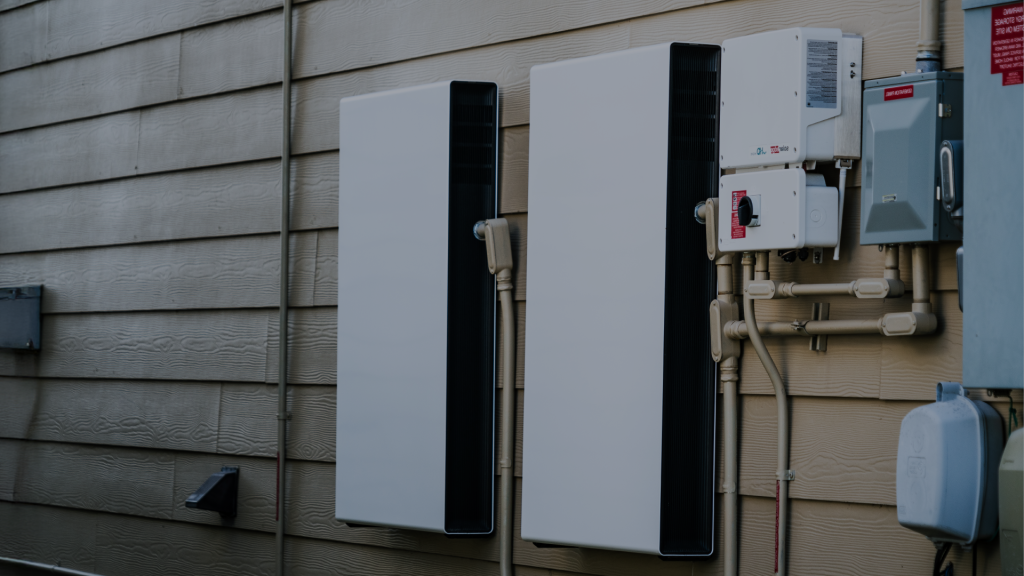In 2024, Australia achieved a significant solar energy milestone: the installation of 1 gigawatt of commercial solar power across the country.
The recent surge in commercial solar spending is being driven by a number of factors, namely to do with cost control and business continuity. And, this trend is set to continue – in 2025 the solar market is expected to reach 47.50 total gigawatts, then almost double to 91.74 gigawatt by 2030 (Mordor).
This begs the question: As an Australian business owners, should you be joining in the solar power push? To answer your question, these are the five key drivers of commercial solar uptake in Australia, plus their benefits to businesses.
The 5 key drivers of commercial solar uptake – and the benefit to businesses
1. Electricity prices
Utilising solar to reduce overheads
Across the country, electricity prices have outpaced inflation – putting pressure on overheads. In Queensland, for example, the cost of electricity tripled from the 1990s through to the early 2020s, and remains nearly twice what it would be if it had risen with inflation alone (AER).
At a time when shaky global politics and Australia’s slow-growing economy leave little room for financial flexibility, any savings are a lifesaver.
Switching to commercial solar power helps reduce electricity overheads in a few ways:
- Your business will draw less from the grid to power its systems.
- Using solar batteries allows you to store excess power, to be used during peak billing times.
- Generating your own power helps to protect you from tariff fluctuations and inflation.
2. Government incentives
Reducing the up-front cost of solar installation
Government rebates and loan schemes are readily available anywhere in Australia, helping to reduce the up-front cost of installing commercial solar power – even to zero.
By reducing the cost through rebates, and utilising generous loans to finance as much of the rest of the price as you can, it enables your organisation to use its energy bill savings to repay the cost (as savings often exceed repayments). This improves cash flow month to month.
Not sure what incentives are available in your part of Australia? Talk to our commercial solar experts and we’ll help create a solar installation plan tailored to your location.
3. Going green: For customers and regulators
Attracting more customers while appealing to regulators
With mandatory climate reporting rolling out in 2025, sustainability is in the spotlight. Making investments in green energy initiatives is a great way to bring part of your carbon footprint down, showing to both Australians and regulators that you are doing your part.
From a business point of view, solar power is also something you can advertise. Consumers are willing to pay 9.7% more for sustainably produced goods, of which solar power is one aspect (PwC), and 35% wouldn’t buy a product or service from a company they felt wasn’t environmentally responsible (NZ Post).
And from a carbon point of view? By way of a case study, Woolworths Group found that solar power offsets its electricity usage by 10-30% per supermarket, and across all of its solar installations it has reduced carbon emissions by 27% since 2015 (CER).
4. Going green: For employees
Attracting high-quality candidates who seek sustainable employers
Increasingly, Australians want to work for companies that match their own personal ideals. They’re seeking employers who do good, take climate change seriously and who are making a real impact, even a small one.
For example, respondents to an IBM survey said they would be significantly more likely to apply for a job at a company they felt was environmentally sustainable, and would even accept lower pay to work there.
So, going green doesn’t just save money, it helps to attract the best talent as well.
5. Business continuity
Improving business resilience by relying less on the grid
Energy management is critical to business continuity. Particularly for any company with just a single location, vulnerability to grid disruption is a very serious business risk.
Australia’s environment is growing more severe, with storms, floods, bushfires and other climate change related impacts posing a challenge to Australian electricity providers. Any organisation which can generate at least part, if not all, of its energy needs puts itself in a place where it becomes more resilient to these disruptions.
Put more simply, if the lights switch off at your competitors, you want to ensure yours stay shining.
How to get commercial solar power in Australia
To get cost-effective solar power for your business, with an installation tailored to your unique needs plus guidance on available incentives, you need a professional commercial solar installer.
That’s where Think Renewable comes in.
We’re an award-winning solar installation company with offices around the country, and a team of qualified electricians who know what it takes to provide cost-effective solutions in the commercial context. Learn more about our solar power systems here, or contact us for a no-obligations consultation about your business.






